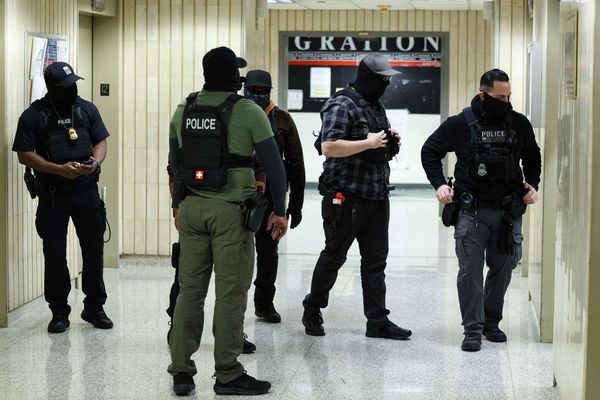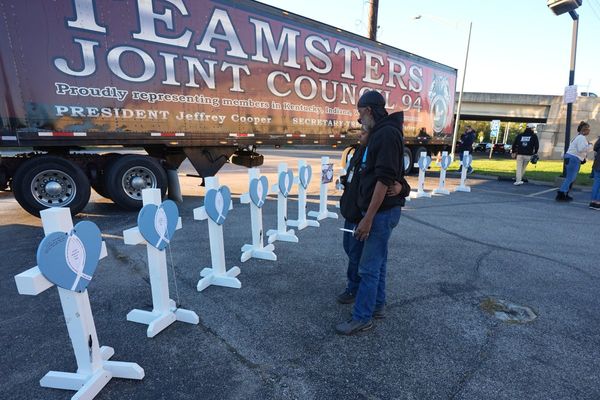A pilot’s communication lapse with air traffic control caused a “serious” aviation incident in Japan on Wednesday, according to the transport ministry.
An All Nippon Airways (ANA) flight carrying 74 passengers and crew members came in to land at Wakkanai Airport in Hokkaido on Wednesday while a work vehicle was still on the runway.
Officials say the aircraft had altered its course shortly before arrival to avoid cumulonimbus storm clouds, but the pilot failed to inform air traffic controllers of the change. Cumulonimbus clouds are often tall, towering clouds with flat, dark bases that can produce hail, lightning, and thunder.
The transport ministry has labelled it a “serious incident”, noting it could easily have escalated into an accident, according to The Japan Times.
The Japan Transport Safety Board has dispatched two investigators to examine what went wrong and how communication between the flight crew and air traffic control broke down.
The aircraft, a Bombardier DH8-400 operating as ANA Flight 4841, was carrying 74 passengers and crew from New Chitose Airport near Sapporo.
At the time of landing, around 11.20am local time, a ground vehicle tasked with bird strike prevention was in the process of leaving the runway.
In a statement shared with The Independent, ANA said: “We have received a report from the Japan Civil Aviation Bureau (JCAB) stating that a bird control vehicle was operating on the Wakkanai Airport runway when the aircraft entered its final approach. The aircraft may have landed while the vehicle was in the process of evacuating the runway.”
The transport ministry reported that the passenger plane entered the runway without proper clearance from air traffic control.
The authorities reported no injuries or damage.
Investigations are underway to determine why established safety protocols were not followed, according to local media reports.
ANA confirmed that “in this case, before landing, the flight crew failed to communicate with the ‘flight information officer’ and landed without getting information about runway obstacles”.
“The crew did perform the visual check as per normal procedures and determined that the runway was clear before landing,” the statement added.
“We sincerely apologise for the concern and inconvenience caused to our customers and all other parties involved. We will continue to cooperate fully with the investigation conducted by the relevant authorities.”
In March this year, a pilot was fined more than £4,500 for failing to maintain communication with air traffic control, prompting Britain’s Royal Air Force to intercept the flight.
The UK Civil Aviation Authority’s investigation found that Christopher Hollands, flying an SAS Connect route from Oslo to Manchester in February last year, did not properly use radio communication with air traffic control.
Revealed: The city that’s been named No 1 ‘workation’ spot in the world
EasyJet completes huge rollout of new software in bid to improve efficiency
Train outages and flight delays: Simon Calder’s big bank holiday travel guide
First look: Swiss Air Lines unveils new first class cabin suite
Colosseum tour guide dies after collapsing in amphitheatre
Summer holidays in Greece may never be the same again. Here’s why







